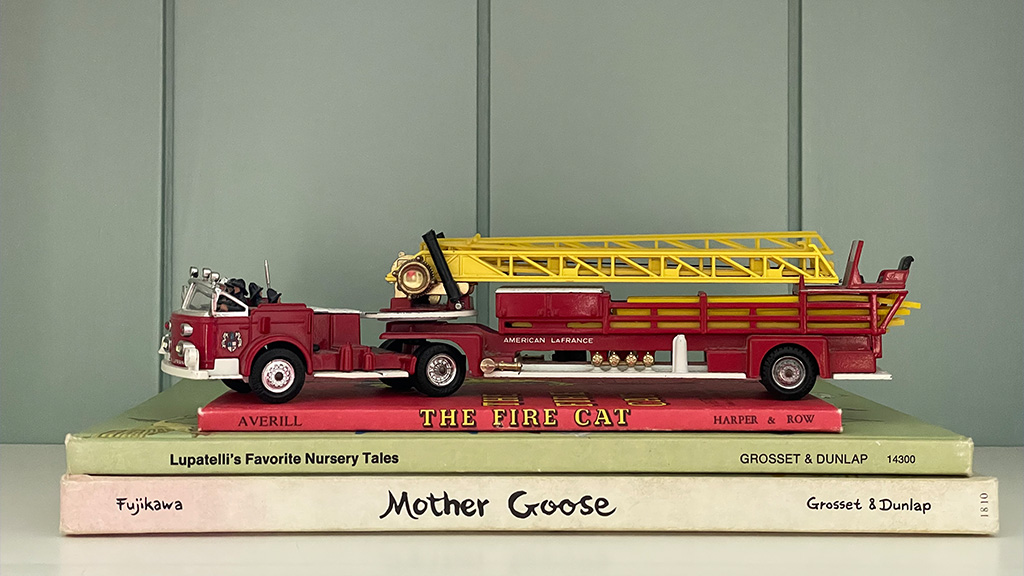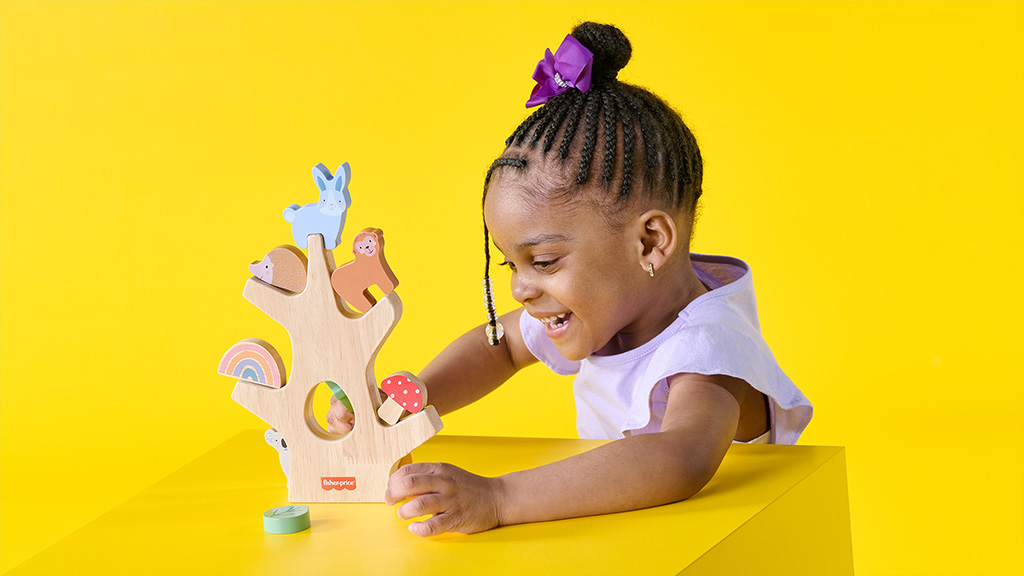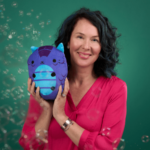by CHARLENE DELOACH, Contributing Editor, Founder, Total Toy Creative
In the toy industry, “play and display” is common: the idea that kids can play with a toy that also makes for a great collectible or decorative object when not in use. Today, toys have expanded beyond playthings, embracing new roles as artistic expressions, decorative elements, and functional design statements. In many ways, they have evolved beyond the play and display concept.

TOYS AS ART
While kids make art using toys, some manufacturers are shifting to present toys as art. Over the past decade, this movement has gained steam as brands take a page from the “designer” toy playbook to create products designed for display as works of art. The LEGO Group, which leaned into an “Adults Welcome” tagline long before “kidult” became a buzzword, used the success of its LEGO Art collection as a springboard for an entire category of home decor that includes botanicals, sculptures, and functional accessories such as wall hangers, coasters, and more.

Mattel Creations which notes “Here, toys have always been art,” in its mission statement, has become a leading destination for those seeking new ways to embrace playfulness in decor. Recent collaborations include Hot Wheels vehicles with a weathered, eroded design by artist Daniel Arsham and a range of FIGURE8 figures that merge Mattel brands into sculptures with Magic 8 Ball heads.
In recent years, Pokémon fans have been framing and hanging their Pokémon Jumbo Cards in a vignette on their walls. Collectors can show off their fandom while preserving the cards, which could increase in value in the interim. Similarly, Cra-Z-Art’s Kodak Premium Puzzles feature high-quality photography. Once completed, families can frame the puzzle as spectacular wall art with a playful twist.

Collectors often employ shadow boxes to showcase dolls, action figures, or other toys, adorning walls with stylish displays — a concept LEGO adopted for its Batcave Shadow Box — while parents can incorporate vintage toys their kids have outgrown to celebrate the past while crafting playful art for the future.
TOY DECOR VERSUS DESIGN
While toys can be art, there are also the notions of toy interior decor and toy interior design — two distinctive concepts. The idea of toys for decor focuses primarily on the toy’s visual appeal in the space. When used in this manner, toys are typically displayed prominently as focal points or conversation pieces, contributing to the room’s overall aesthetic, such as a vintage toy arranged on top of a stack of books, a retro game displayed on a coffee table, or a collectible doll perched on a sofa corner.
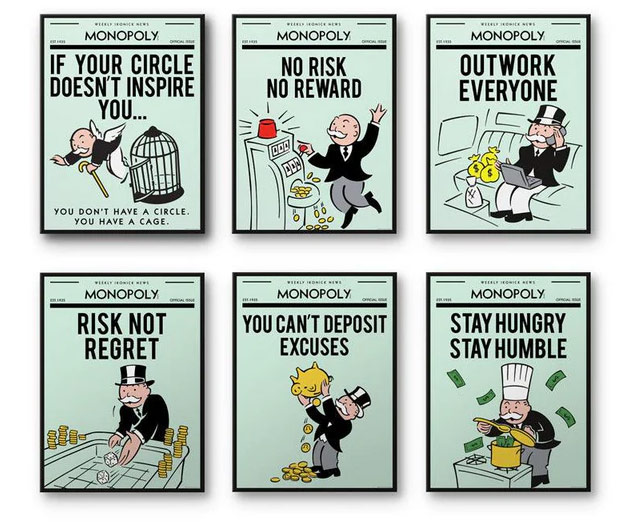
Alternatively, incorporating toys into interior design considers their aesthetic and functional aspects. Toys are not merely decorative accents but strategically integrated into the space to serve a specific purpose, such as providing storage solutions or creating designated play areas.
The concept of board games as art has become a commercial endeavor as companies forge licensing deals to offer museum-quality artwork inspired by classic games. Ikonick offers Monopoly and Scrabble-inspired wall art, pairing life strategies with quintessential gaming icons. These products provide unique playful art pieces that offer whimsy to home decor. However, a retro board game passed down from a family member or purchased at an auction can be repurposed as striking wall art.
As consumers seek ways to blend toys into their living spaces, toy designers are innovating to create toys that can complement home decor, contributing to a more cohesive and harmonious environment.
Parents or collectors seeking both art and utility can repurpose current game boards in a playroom, transforming them into functional works of art by hanging them on walls. Not only do they instantly become eye-catching artwork, but they’re also easily accessible for family game nights. This allows for practical storage, optimizes space, and creates a stunning art wall that inspires families to play.
The toy industry is starting to recognize the practical aspects of toy decor and design. For example, the average shelf depth is 10-12 inches — a great size for picture frames and books, but not necessarily the latest HasLab project. Shelf size is something that Hasbro designers now keep in mind when developing elaborate vehicles that lean into “play and display.”
While the industry increasingly embraces toys and games for decor, visionary leaders will also prioritize the harmony between playfulness and functionality in toy and game design.
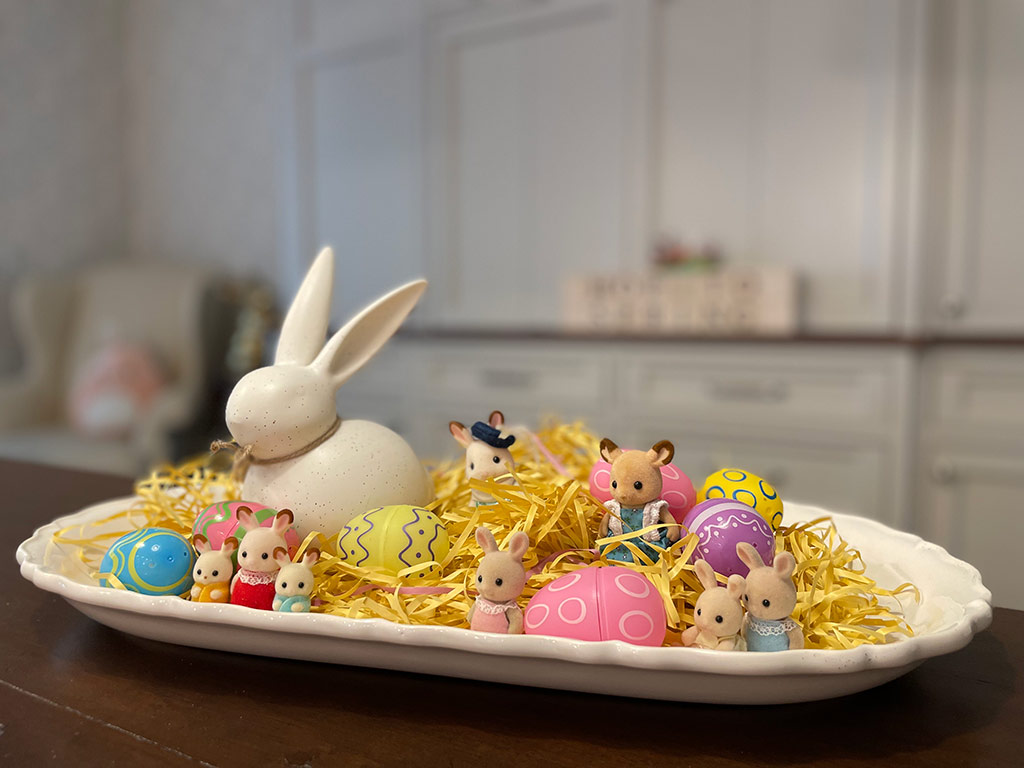
TOYS AS FUNCTIONAL DECOR
The shift toward integrating toys into home decor reflects a broader trend, in which forward-thinking manufacturers consider the dual purpose of toys as playthings and decorative accents. As consumers seek ways to blend toys into their living spaces, toy designers are innovating to create toys that can complement home decor, contributing to a more cohesive and harmonious environment.
For instance, during the spring, we showcase Calico Critters on a pristine platter encircled by vibrant plastic Easter eggs, which adds a touch of elegance to our tabletop decor. For Halloween, we use the Playmobil Take Along Haunted House as a centerpiece on our kitchen table. Similarly, we frequently arrange the contents of different advent calendars on trays, creating festive holiday centerpieces.
Additionally, while some toys and games now incorporate storage by design, families already have numerous options for storing toys in decorative yet functional ways. Baskets and bins are popular choices, and acrylic bowls and containers offer a stylish alternative. Storing Fat Brain Toys’ Jixelz pieces in lidded dishes, Funko Pop! figures in apothecary jars, and building blocks in cookie canisters are unique options that add a “wow” factor to the room and provide an engaging nudge toward play.
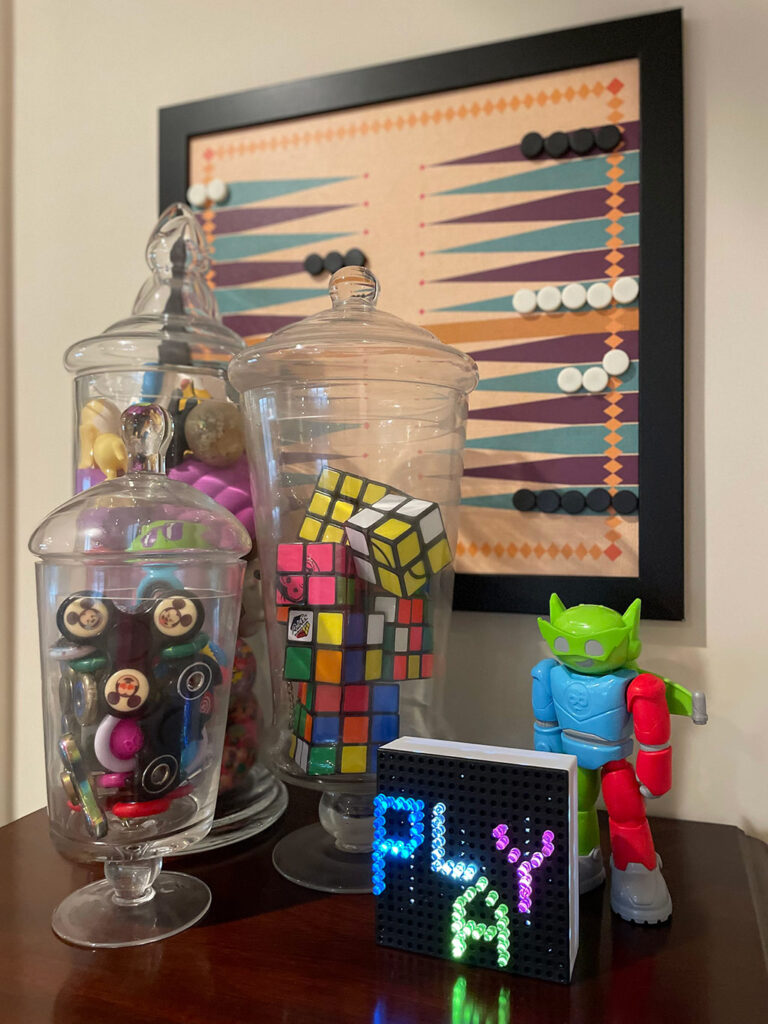
As the industry continually rethinks the definition of “play,” purposefully considering the intersection of toys, art, and home decor is a trend worth exploring as families look to enjoy traditional rooms and fun toys in a sophisticated yet whimsical way. Let’s transform living spaces into vibrant, imaginative havens where every toy becomes a cherished piece of the home’s narrative.
A version of this feature was originally published in The Toy Book’s 2024 Licensing & Entertainment Issue. Click here to read the full issue! Want to receive The Toy Book in print? Click here for subscription options!


